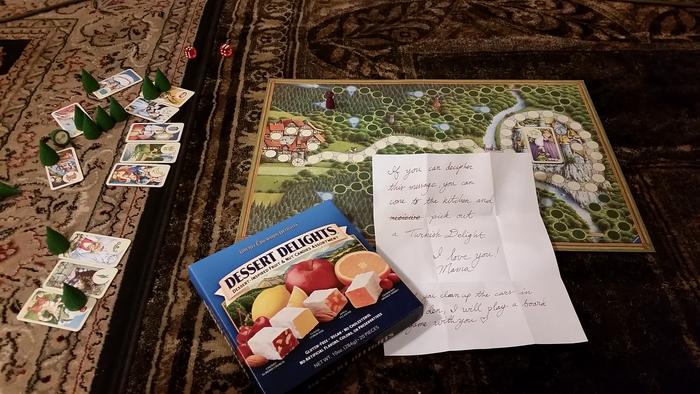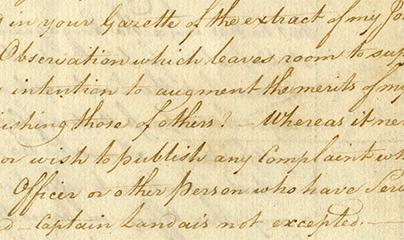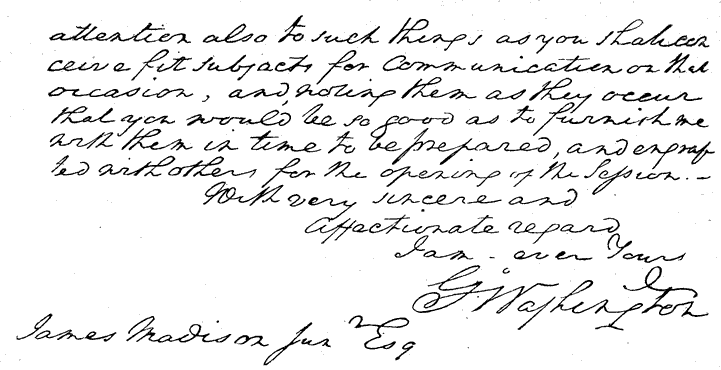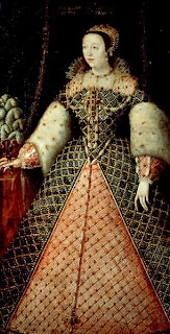
 9
9





“If we are honest, we can still love what we are, we can find all the good there is to find, and we may find ways to enhance that good, and to find a new kind of living world which is appropriate for our time.” ― Christopher Alexander
 5
5




 3
3




K Kaba wrote:Depending on her vocabulary and interest in history, the National Archives are always looking for more people to transcribe old cursive documents to print.
https://www.archives.gov/citizen-archivist/missions
“If we are honest, we can still love what we are, we can find all the good there is to find, and we may find ways to enhance that good, and to find a new kind of living world which is appropriate for our time.” ― Christopher Alexander
 12
12




Visit Redhawk's soil series: https://permies.com/wiki/redhawk-soil
How permies.com works: https://permies.com/wiki/34193/permies-works-links-threads
 6
6




"We're all just walking each other home." -Ram Dass
"Be a lamp, or a lifeboat, or a ladder."-Rumi
"It's all one song!" -Neil Young
 9
9





 6
6




"We're all just walking each other home." -Ram Dass
"Be a lamp, or a lifeboat, or a ladder."-Rumi
"It's all one song!" -Neil Young
 7
7




Judith Browning wrote:Rachel,
I wrote in cursive and they could not read it
Trying to achieve self-reliance on a tiny suburban plot: http://gardenofgaladriel.blogspot.com
 8
8




In the south when the wind gets to 75 mph they give it a name and call it a hurricane. Here we call it a mite windy...
 5
5





 7
7




G Freden wrote:I find it very hard to read cursive too, despite having learned it back in school (I'm 44 now). Both my husband and son can only write in cursive, or joined-up writing as they call it here and I really can't read either of their handwriting. What's worse, they don't know how to write in block script like me, except capital letters: they were never taught it at school here in the UK. I learned handwriting in the US, both ways (block script first); and because I find it so hard to read, I abandoned cursive as soon as it was no longer required at school.
So I guess what I'm saying is, cursive is all well and good, but teach/learn block script too!








 11
11




 8
8




'What we do now echoes in eternity.' Marcus Aurelius
How Permies Works Dr. Redhawk's Epic Soil Series
 7
7




Learning slowly...
How permies.com works
 7
7




Nicole Alderman wrote:I love writing in medieval calligraphy...and I can't even read most of those! Maybe I just lack skill? But, I have a feeling I'm not the only one. One big reason people want kids to learn cursive is for them to read historical documents. But, if we're aiming for that, shouldn't we also teach them to read medieval calligraphy? Or, maybe we should realize that learning cursive might become a skill that historians learn, and not everyone knows. I still think it's really valuable, but I don't think it's the end of the world if someone can't read or write it. It's a skill, and we don't all have the same skills.








 3
3




James Alun wrote:Joylynn, I thought that letter was called thorn in english and eth in scandinavia?
'What we do now echoes in eternity.' Marcus Aurelius
How Permies Works Dr. Redhawk's Epic Soil Series
 3
3






 5
5




“Reading cursive is a superpower,” Suzanne Isaacs, a community manager with the National Archives Catalog told USA Today. “It’s not just a matter of whether you learned cursive in school, it’s how much you use cursive today.”
The National Archives needs help from people with a special set of skills–reading cursive. The archival bureau is seeking volunteer citizen archivists to help them classify and/or transcribe more than 200 years worth of hand-written historical documents. Most of these are from the Revolutionary War-era, known for looped and flowing penmanship.
"We're all just walking each other home." -Ram Dass
"Be a lamp, or a lifeboat, or a ladder."-Rumi
"It's all one song!" -Neil Young
 3
3




 4
4




![Filename: IMG_20250118_160301.png
Description: [Thumbnail for IMG_20250118_160301.png]](/t/272778/a/257624/IMG_20250118_160301.png)
"We're all just walking each other home." -Ram Dass
"Be a lamp, or a lifeboat, or a ladder."-Rumi
"It's all one song!" -Neil Young

 9
9




How Permies works: https://permies.com/wiki/34193/permies-works-links-threads
My projects on Skye: The tree field, Growing and landracing, perennial polycultures, "Don't dream it - be it! "
 6
6




If there is one thing the Wizard of Oz has taught me, it is not to trust school teachers on bicycles.
 3
3




Nancy Reading wrote:my writing now though is sometimes illegible to the point that even I can't read it if I don't remember what I wrote!
Trying to achieve self-reliance on a tiny suburban plot: http://gardenofgaladriel.blogspot.com
 3
3




why waste the effort of writing something at all, if it cannot be read?
 4
4




G Freden wrote: Either write legibly or don't bother, as I say in my head when I'm at the grocery store with a paper full of "chuzcy," "isnttenr,"* etc.












 4
4




G Freden wrote: Either write legibly or don't bother, as I say in my head when I'm at the grocery store with a paper full of "chuzcy," "isnttenr,"* etc.
*Taken from an actual list written by my husband
How Permies works: https://permies.com/wiki/34193/permies-works-links-threads
My projects on Skye: The tree field, Growing and landracing, perennial polycultures, "Don't dream it - be it! "
 7
7




Visit Redhawk's soil series: https://permies.com/wiki/redhawk-soil
How permies.com works: https://permies.com/wiki/34193/permies-works-links-threads
 10
10





|
No matter. Try again. Fail again. Fail better. This time, do it with this tiny ad:
Homestead Pigs Course
https://permies.com/wiki/365748/Homestead-Pigs
|








